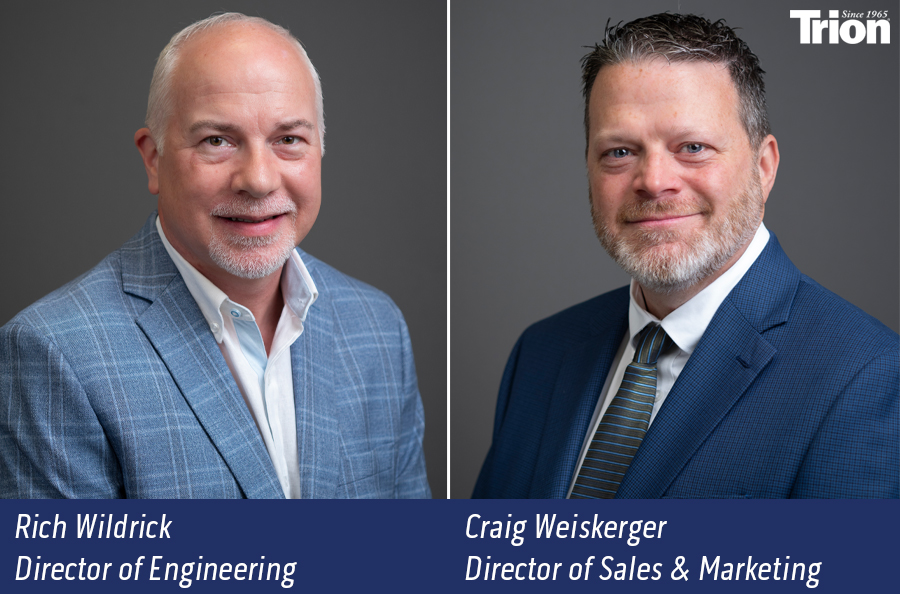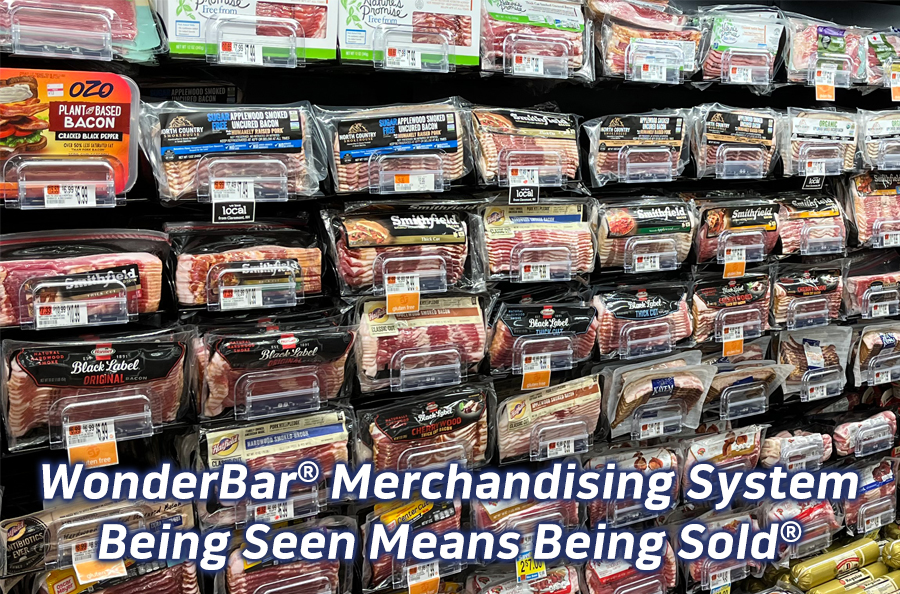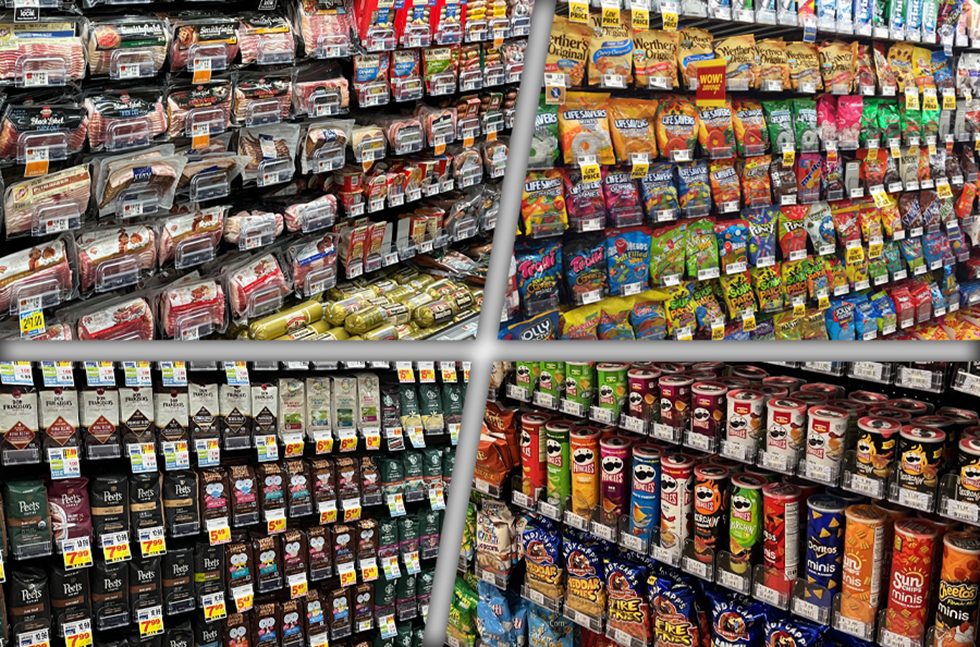Sponsored content

Retailers continually face the challenge of boosting shelf space and displaying more SKUs. Though several businesses supply solutions, they do not all deliver the same level of quality, dependability, and client support.
A recent discussion with Craig Weiskerger, director of sales, and Rich Wildrick, director of engineering at Trion, shed light on the significance of shelf merchandising fixtures in grocery settings and how their company’s offerings distinguish themselves from alternative choices.

What shelf space optimization issues do retailers typically encounter?
Craig: Regardless of the retailer’s type or size, space is always a valuable resource. Retailers are constantly trying to maximize their shelf arrangements and fit more items into limited space.
How do Trion’s solutions provide relief?
Craig: Trion’s product line directly addresses the need for increased product density. Over two decades ago, we pioneered the Trion WonderBar Merchandising system, designed to keep products pushed forward and maintain a neat shelf appearance.
The WonderBar not only enables retailers to fit more SKUs within the same area by keeping products at the shelf’s front it ensures the display remains highly shoppable.
Manufacturers dedicate substantial effort to packaging design. It serves as a brand’s visual advertisement. If products are lying down and obscured, retailers risk losing sales. A better-looking shelf with more products in the same space is beneficial for everyone.
Rich: A long-standing tagline of ours has been sell more in the same space. This has consistently been the objective across all our shelf management lines, from the WonderBar to Trion’s AMT and EWT systems.
As Craig mentioned, retailers face the challenge of fitting more products into the same store volume. The Trion WonderBar system is not only more efficient merchandising, but retailers can also eliminate multiple rows of existing shelving, gaining several more inches of display space. This also applies when retailers use the WonderBar to replace peg hook areas. Often, they can create more facings using our system than their previous method.
The added benefit of spring-loaded merchandising trays is that it keeps everything prominently displayed at the shelf’s front, making it easy for employees to identify out-of-stock items and for shoppers to see what they need. So, it’s a dual advantage. You achieve better branding and enhanced space optimization.

What degree of space increase is possible, and which product categories benefit most?
Craig: The specific increase varies based on product size and other factors, but on average, in categories like salty snacks and bagged candy, retailers can expect a 15 to 35 percent gain in SKUs.
You mentioned labor savings using the WonderBar system, could you elaborate?
Craig: Our system automatically fronts products, allowing retailers to assign employees to customer service tasks rather than straightening products in aisles. Better-looking shelves lead to improved sales and reduced labor costs overall.
Rich: Another cost saving benefit is WonderBar’s ability to minimize product loss. For perishables and dated products, our system allows for fresh products to be placed in the back and older products to the front, resulting in less shrink.
Was the WonderBar designed for a limited range of product types, or is it more versatile?
Craig: With so many configurations this system can be considered semi-customizable. The trays are adjustable in width and depth, accommodating everything from gusseted bags and boxes to small bags, including packaged meats, frozen pizza, candy, bagged salad, coffee, paper plates and many other items storewide. The trays are highly adaptable, designed by our engineers to maximize space optimization across a variety of product types and sizes.
Rich: To expand on what Craig said, our seven basic tray types can handle products ranging from about 1.75 inches to 18 inches wide. We can merchandise many products in similar trays, providing a uniform look throughout the store. As packaging sizes evolve, retailers can still use the same trays and adjust the size up or down. One of the advantages of our system is its adaptability to various sizing trends.

What distinguishes Trion from other companies producing similar products?
Craig: The WonderBar system’s longevity is unmatched in the industry, with some retailers still using the same system after more than 15 years.
A key factor is the quality of our products. American steel sides, wire bases, and springs significantly impact performance. Our products are designed for durability from the start.
Some customers have tried our competitor’s offerings, but they return to Trion because of our products’ longevity and dependability. They recognize the difference that steel construction and high-quality springs make. All products may appear similar initially, but the retention and reliability over as little as five years become apparent when using domestic spring manufacturers.
Rich: Being an American manufacturer is a significant advantage in terms of cost, quality, dependability, materials and supply chain responsiveness. We use domestic suppliers for most of our raw materials, maintaining long-term partnerships with these companies over the years.
We source only a few components for our trays, with most production done in-house. This allows us to control quality and cost. Our in-house engineering and tool room enable us to offer further customization. By not relying on external vendors, we gain flexibility and adaptability.

With seven tray models, plus the option to add multiple springs, and various paddle sizes, we can configure our WonderBar system to meet nearly any retailer’s needs.
As an American company, we contribute to local economic growth. We employ nearly 300 people full time and have never had a layoff, not even during economic downturns.
How important is client support at Trion?
Craig: Trion has earned a reputation for excellent customer service. From the beginning, we have always provided live phone support, a practice we maintain today. Clients can always speak to someone during regular business hours. We have a team system of customer support that includes the customer’s sales manager, a dedicated sales coordinator and a customer service representative, all backed by our in-house engineering and production staff.
[RELATED: Trion’s Extensive Investments Have Boosted Production Efficiencies]
About the speakers
As the director of engineering, Rich Wildrick’s education at Penn State in Mechanical Engineering as well as his more than 30 years in machine and product design are invaluable. His experience ranges from design to sales, heavily focused on the fixtures for retail and POP industries.
Years of experience as an accomplished sales and marketing professional contributes to Craig Weiskerger’s position as Trion’s director of sales and marketing. Since graduating from Bloomsburg University, his leadership has been enriched by highly successful roles spanning the salt, oil and gas and manufacturing industries.


